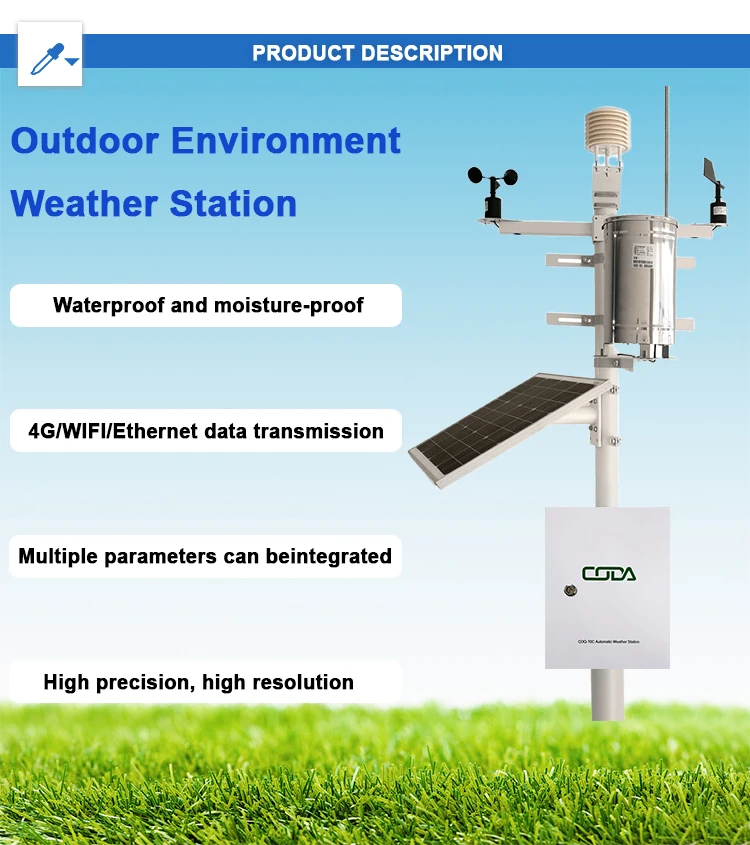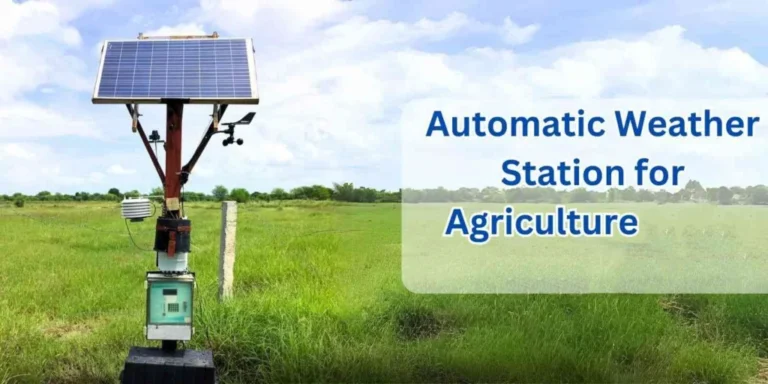Automatic Weather Station: Definition and Functionality

# Automatic Weather Station: Definition and Functionality
Automatic Weather Station: Definition and Functionality
An Automatic Weather Station (AWS) is a modern meteorological device designed to collect weather data without human intervention. These stations have become essential tools for meteorologists, researchers, and various industries that rely on accurate weather information.
What is an Automatic Weather Station?
An Automatic Weather Station is a system of sensors, data loggers, and communication equipment that automatically measures and records atmospheric conditions. Unlike traditional weather stations that require manual readings, AWS units operate continuously, providing real-time data with minimal human involvement.
These stations typically measure parameters such as:
- Temperature
- Humidity
- Atmospheric pressure
- Wind speed and direction
- Precipitation
- Solar radiation
Key Components of an AWS
A typical Automatic Weather Station consists of several critical components:
1. Sensors
Specialized instruments that measure various weather parameters with high accuracy.
2. Data Logger
The central unit that collects, processes, and stores measurements from all sensors.
3. Power Supply
Usually solar panels with battery backup to ensure continuous operation.
4. Communication System
Transmits collected data to central databases or users via radio, satellite, or cellular networks.
Functionality and Applications
Automatic Weather Stations serve numerous important functions:
Meteorological Forecasting
AWS networks provide the foundational data for weather prediction models, improving forecast accuracy.
Agricultural Monitoring
Farmers use AWS data to optimize irrigation, planting, and harvesting schedules.
Aviation Safety
Airports rely on AWS for real-time weather conditions affecting flight operations.
Climate Research
Scientists use long-term AWS data to study climate patterns and changes.
Disaster Prevention
AWS can provide early warnings for severe weather events like hurricanes or floods.
Advantages of Automatic Weather Stations
The transition from manual to automatic weather observation offers significant benefits:
- Continuous monitoring: 24/7 data collection without gaps
- Remote operation: Can be installed in inaccessible locations
- High accuracy: Reduced human error in measurements
- Real-time data: Immediate availability of weather information
- Cost-effective: Lower operational costs compared to manned stations
As technology advances, Automatic Weather Stations are becoming more sophisticated, with improved sensors, better energy efficiency, and enhanced data transmission capabilities. These developments continue to expand their applications and improve the quality of meteorological data worldwide.
Keyword: what is automatic weather station
